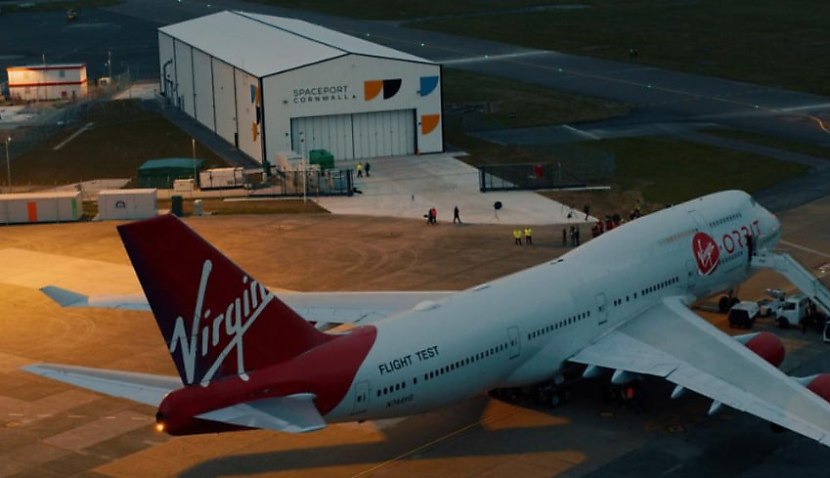
According to Space News, Hart made the observation as part of a panel at the SmallSat Symposium.
“Everything points to, right now, a filter that was clearly there when we assembled the rocket but was not there as the second stage engine started, meaning it was dislodged and caused mischief downstream,” he remarked.
The British government announced in mid-January that the UK’s Space Accident Investigation Authority and the Federal Aviation Administration would jointly lead the investigation.
The launch failure has resulted in the loss of all of the payloads that were bound for orbit aboard LauncherOne, including a UK Ministry of Defence satellite and a US Naval Research Laboratory payload.
“While we are very proud of the many things that we successfully achieved as part of this mission, we are mindful that we failed to provide our customers with the launch service they deserve,” said Hart.
“We will work tirelessly to understand the nature of the failure, make corrective actions, and return to orbit as soon as we have completed a full investigation and mission assurance process,” Hart went on to say.
Matt Archer, director of commercial spaceflight at the UK Space Agency, also commented on the failed launch, pledging to assist in the investigation into what caused the anomaly.
“We will work closely with Virgin Orbit as they investigate what caused the anomaly in the coming days and weeks. While this result is disappointing, launching a spacecraft always carries significant risks.”
Other industry figures remained relatively positive, pointing out that the launch, while failing to achieve orbit, still made it to space and has paved the way for future UK-based launches.
“We are so incredibly proud of everything we have achieved with our partners and friends across the space industry here in the UK and in the US — we made it to space — a UK first,” said Melissa Thorpe, head of Spaceport Cornwall.
Virgin Orbit’s first UK-launch was significant because it was Virgin Orbit’s first commercial launch outside its Mojave base in California and came before its plans for a demonstrator launch at Toowoomba Wellcamp Airport in 2024.
Virgin Orbit is the successor to a project begun by Virgin Galactic and uses a modified Boeing 747-400 aircraft to launch satellites into space from the air.
Receive the latest developments and updates on Australia’s space industry direct to your inbox. Subscribe today to Space Connect here.









